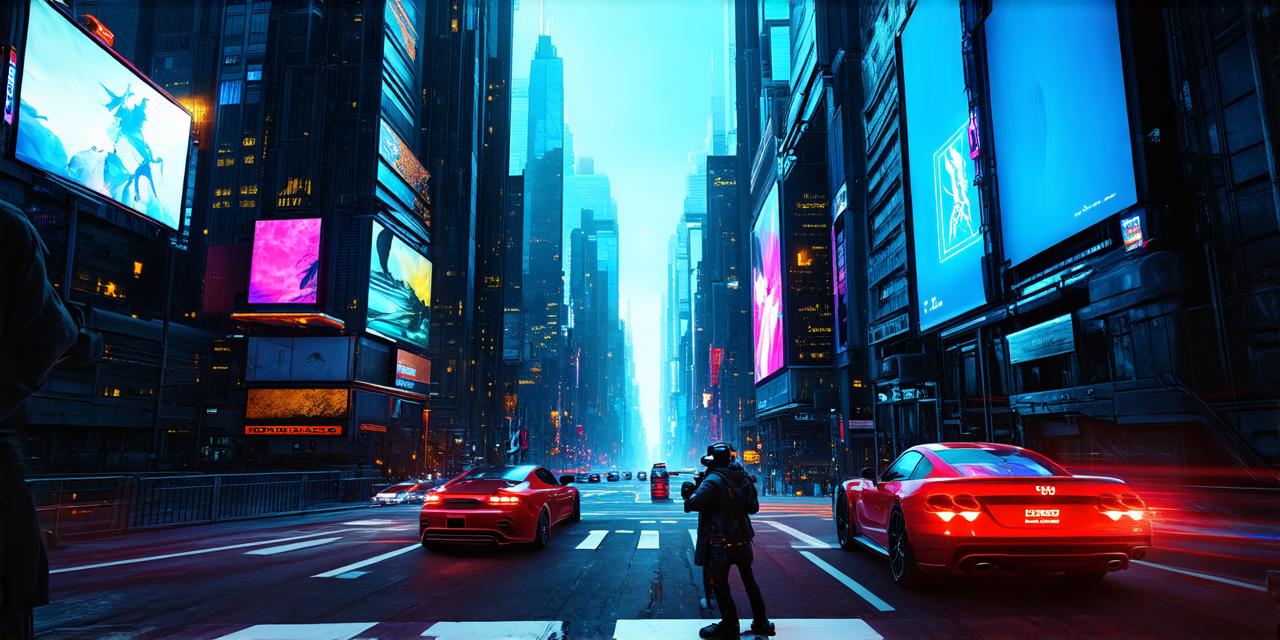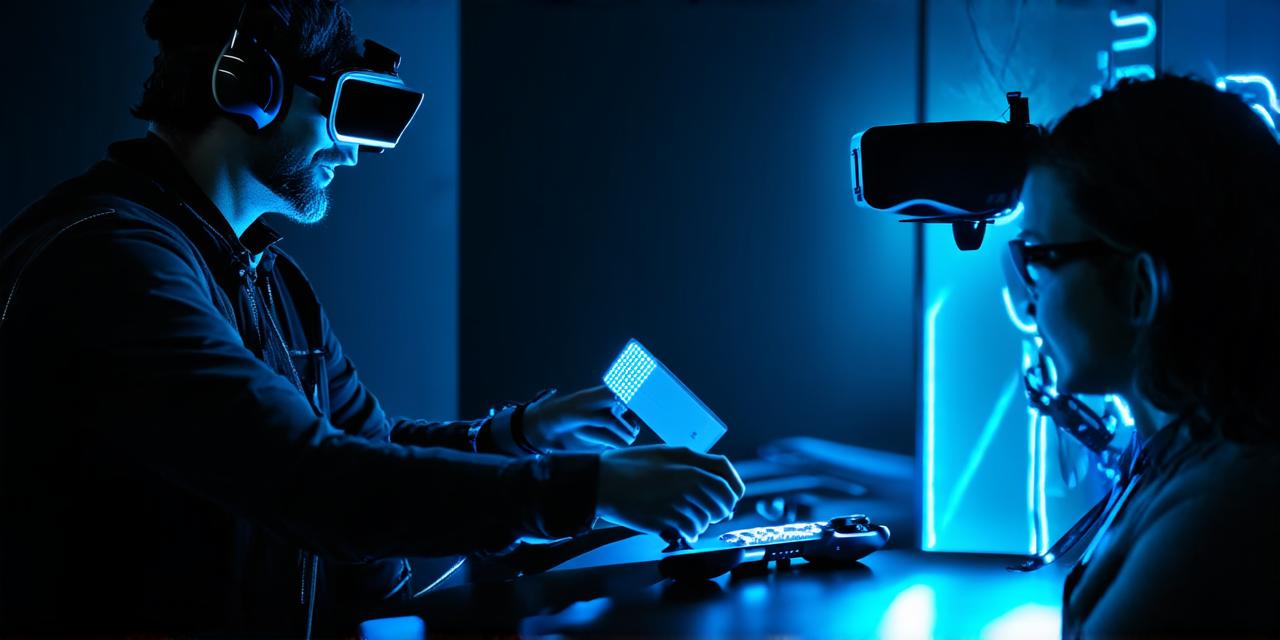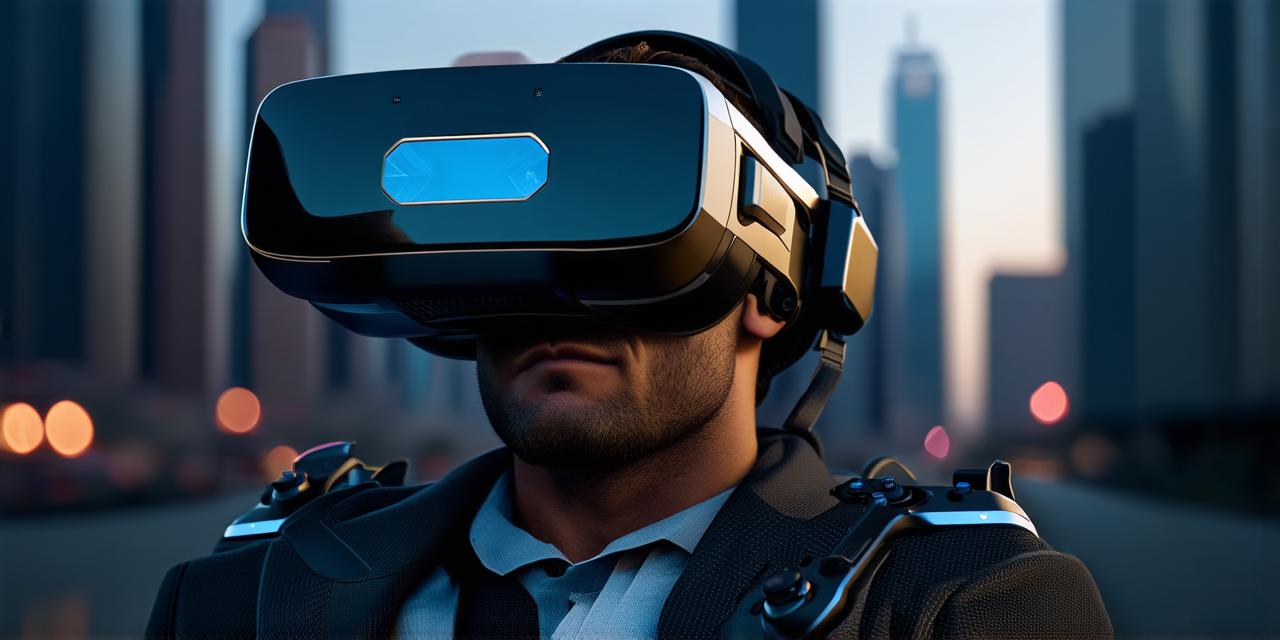What are the technical limitations of VR?
One of the significant technical limitations of VR is its ability to accurately represent the real world. While VR can simulate many aspects of the physical environment, it’s still a digital construct that relies on advanced algorithms and technology to create the illusion of reality. This means that there are always going to be small discrepancies between the virtual world and the real one.
For example, while VR headsets can track the movements of the user with impressive precision, they’re still limited by the fact that they only capture data from a single viewpoint. This means that the virtual environment may not always match up perfectly with the real world, especially when it comes to depth perception and other visual cues.
Another technical limitation of VR is the field of view. While VR headsets have a wide field of view, they are still limited by the fact that they only capture data from one side of the user’s vision. This means that users may feel disoriented or uncomfortable when using VR for extended periods of time.
What are the content limitations of VR?
Another important limitation of VR is related to the content that’s available for it. While there are already a wide range of games and experiences available for VR, the technology is still relatively new and many developers haven’t had the time to create content specifically designed for it.
This means that there may be limitations in terms of both quantity and quality of content available. Furthermore, creating high-quality VR content can be incredibly difficult and expensive, requiring specialized skills and equipment. This can limit the ability of smaller developers or indie studios to create compelling experiences for VR platforms.
Moreover, the lack of content can also impact the user experience. If users don’t have a wide variety of options to choose from, they may get bored quickly or lose interest in the technology altogether. This could limit the adoption and usage of VR in different industries.

What are the cost limitations of VR?
The cost of VR technology is another significant limitation that needs to be considered. While the price of VR headsets has decreased significantly in recent years, they still remain a high-end device that not everyone can afford.
Furthermore, the cost of creating VR content can also be quite high, which means that there may be limitations in terms of who can develop and distribute this content. Moreover, the cost of maintaining VR equipment is also high. VR devices require specialized hardware and software to run effectively, which increases the cost of ownership.
Limitations of immersive experiences
One of the main advantages of VR is its ability to create highly immersive experiences that transport users into a virtual world. However, there are also some limitations to this aspect of VR that need to be considered.
For example, while VR can create a sense of presence and realism in the virtual environment, it’s still a digital construct that relies on algorithms and technology to create the illusion of reality. This means that there may be limitations in terms of how fully immersed users can feel in the virtual world, especially when it comes to certain sensory experiences like touch or smell.
Moreover, while VR can create highly immersive environments, it’s still limited by the fact that it only captures data from a single viewpoint. This means that there may be limitations in terms of how fully immersed users can feel in the virtual world, especially when it comes to depth perception and other visual cues.
Limitations related to social interaction
Another limitation of VR technology is related to social interaction. While VR can allow users to interact with each other in virtual environments, there are still some limitations that need to be considered.
For example, VR headsets can be isolating, which means that users may feel disconnected from others when using the technology for extended periods of time. This can limit the adoption of VR technology in industries where social interaction is critical, such as education or healthcare.
Moreover, VR can also impact social skills development. If users spend too much time in virtual environments, they may become less adept at social interactions in real life. This could have negative consequences on their personal and professional relationships.
Summary
In conclusion, VR technology has its limitations that need to be considered before adopting it in different industries. Technical limitations related to accuracy of representation, field of view, and content creation can limit the usefulness of VR in some applications. Cost limitations related to equipment ownership and maintenance can also impact adoption and usage of VR technology. Immersive experiences may have limitations related to sensory experiences and depth perception, while social interaction may be limited due to isolating nature of VR headsets.
Addressing these limitations is crucial to fully realize the potential of this exciting new technology.




